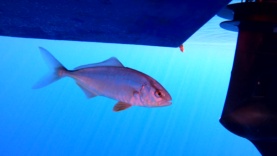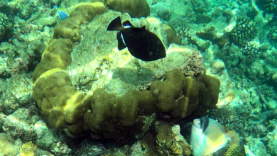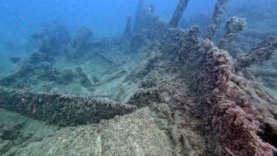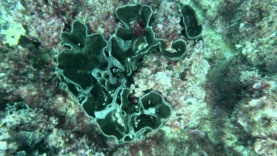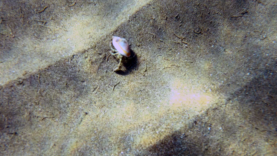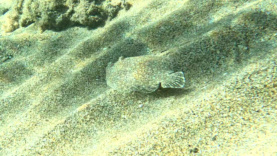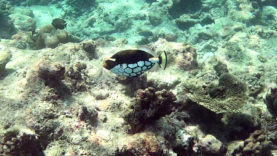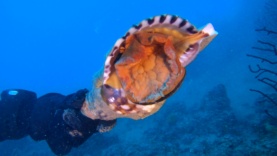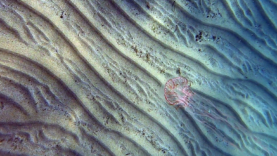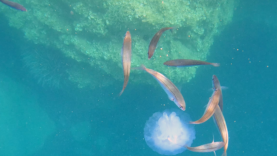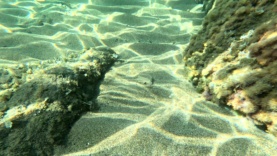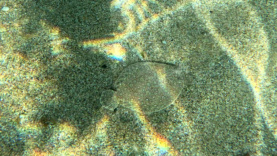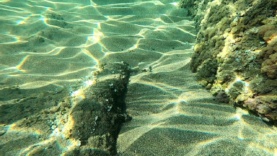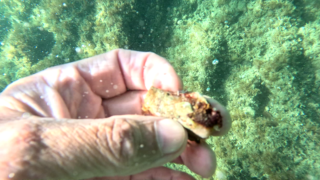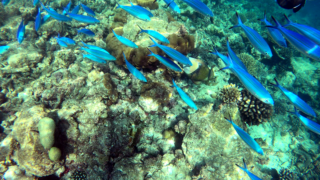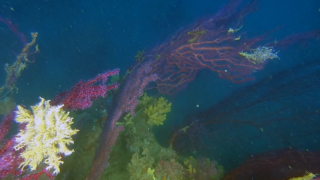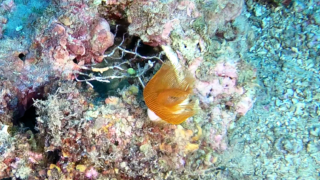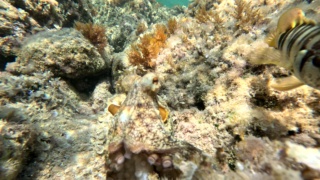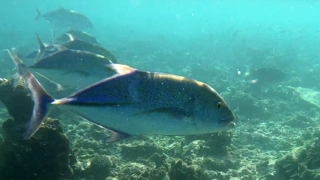Wide-eyed flounder
In summer the beaches are populated with swimmers and tourists who enjoy the warm, crystal-clear waters but you just need to put on a simple mask and a snorkel to see that fish and marine species are also quite active in this period. If we are also equipped with a simple camera it is easy to film that marine life that practically lives in symbiosis with ours.
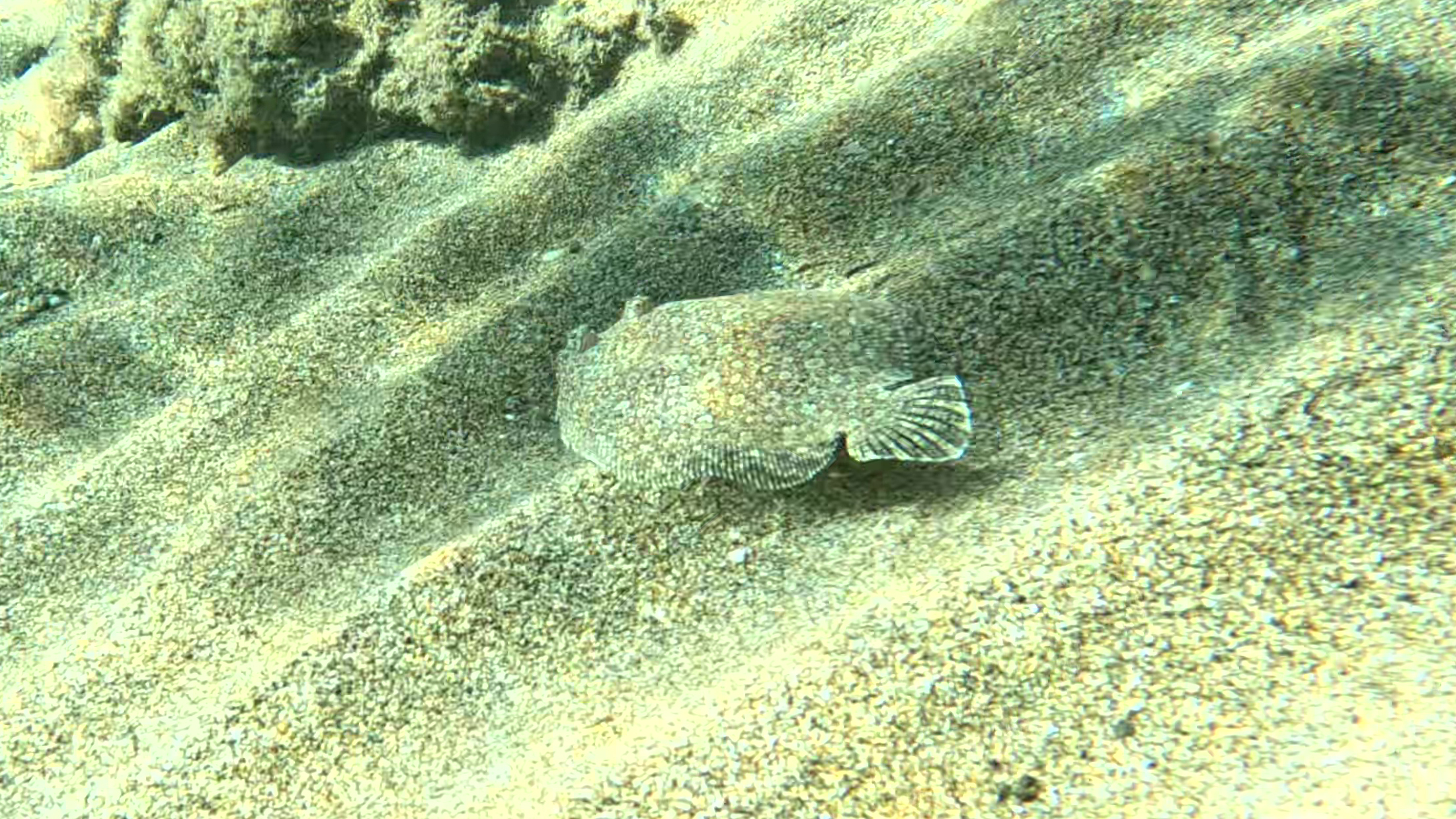
In this period, in fact, many fish such as the wide-eyed flounder – Bothus podas – live and look for food in that foreshore area where we humans continually move the sand, helping it in some way in its search of food.
Wide-eyed flounder (Bothus podas Delaroche, 1809) is a sea fish of the Bothidae family.
Distribution and habitat
It is a species widespread throughout the Mediterranean Sea and in the eastern Atlantic Ocean between the Strait of Gibraltar and Angola. In Italian seas it is common everywhere. It populates thin sandy seabeds between 2 and 400 meters deep and is frequently encountered in very shallow waters.

Description
It has the typical flattened appearance of flatfish with both eyes on the left side of the body, which is very wide. The lateral line has a double curve in its most anterior part. The mouth is small and carried on a short protruding snout; the mandible is longer than the maxilla. There is an evident sexual dimorphism: the male has very distant eyes and a flat frontal profile. Even in the female, however, the eyes are not close together.
The livery can be sand-colored with irregular and shaded dark spots or darker with well-defined dark ocellated spots with a light center. The latter coloration is more frequent in males. It can reach a length of 40 cm but usually does not exceed 20 cm.
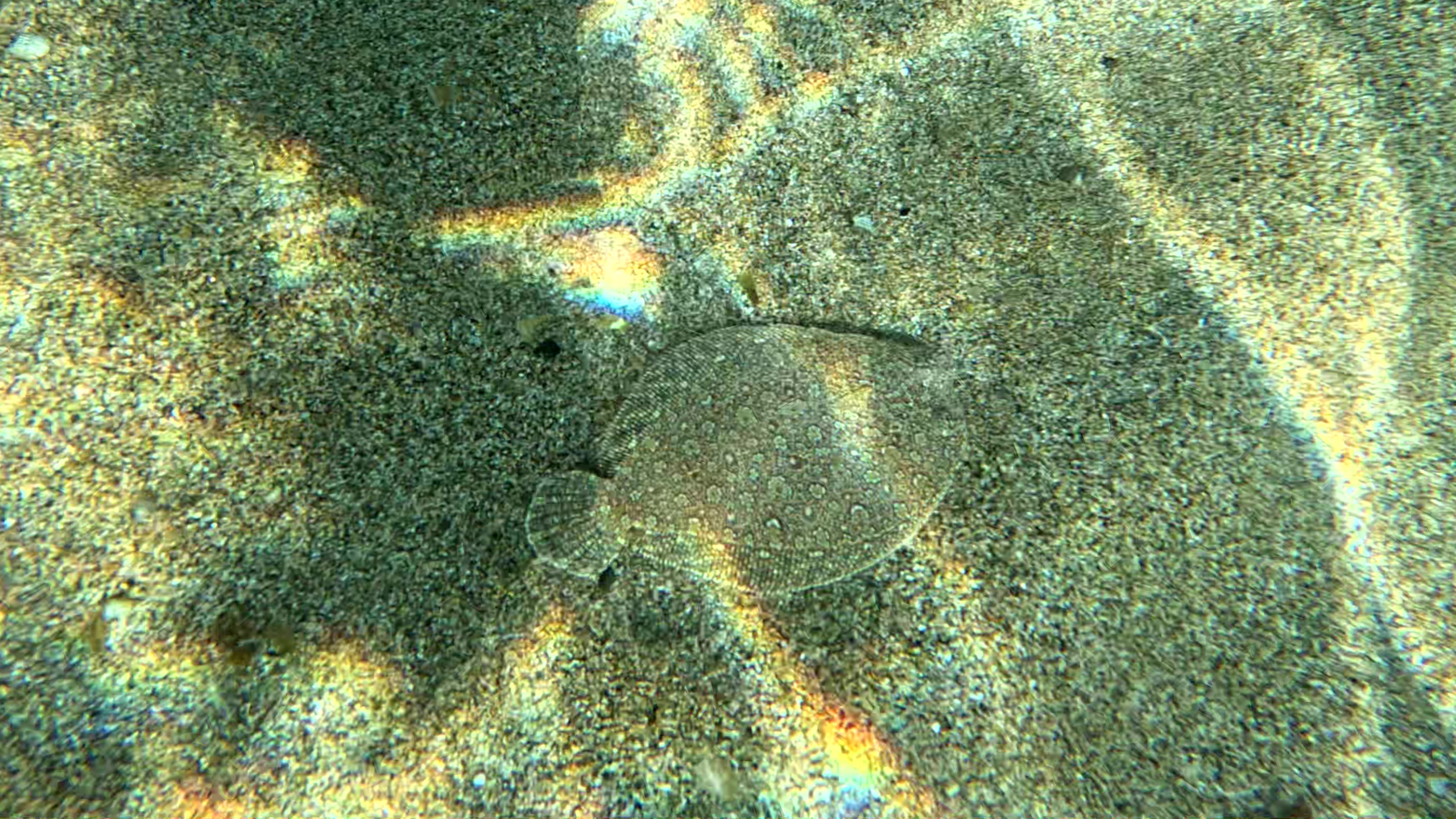
Diet
It feeds on benthic invertebrates and small fish.
Reproduction
It reproduces in spring-summer; the eggs and larvae are pelagic. The right eye migrates at a length of about 3 cm, when the larva has red spots at the base of the dorsal fin and anal fin.
https://it.wikipedia.org/wiki/Bothus_podas
https://en.wikipedia.org/wiki/Bothus_podas
Gallery

